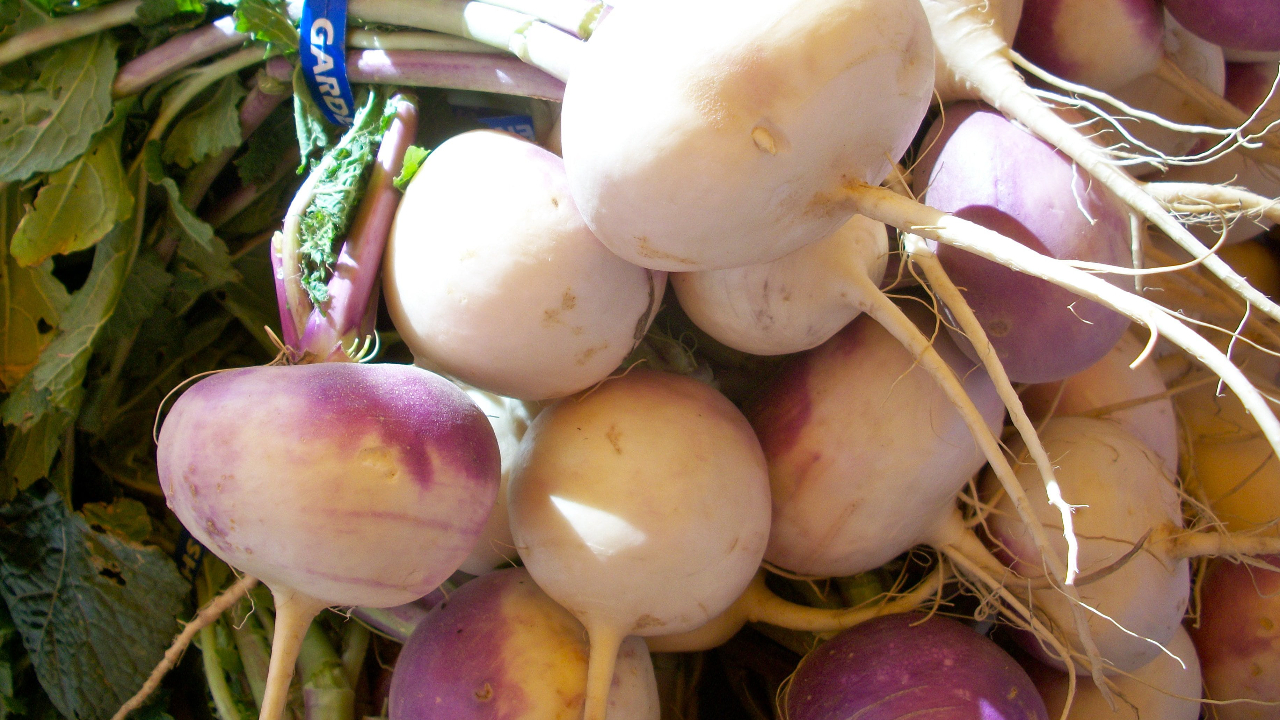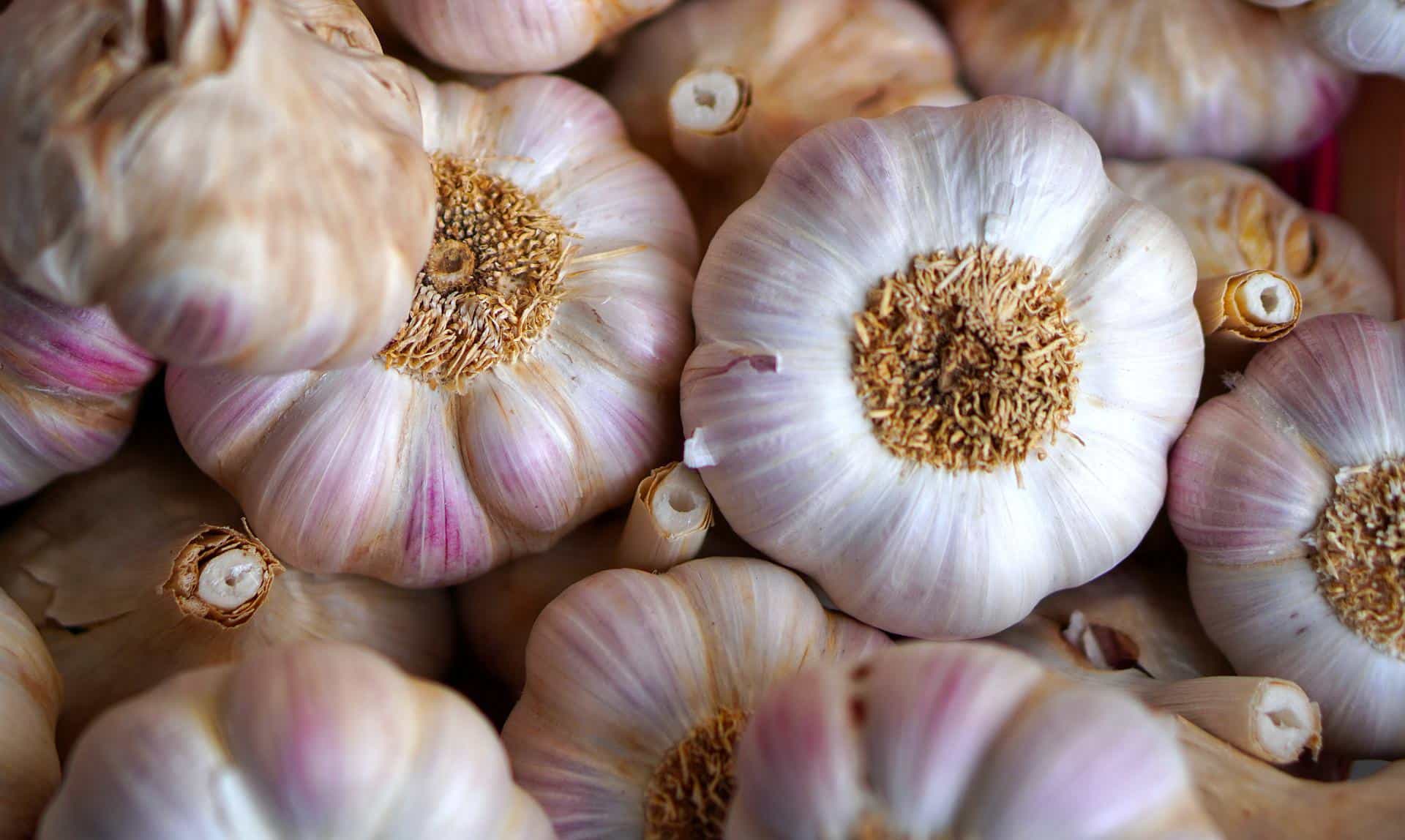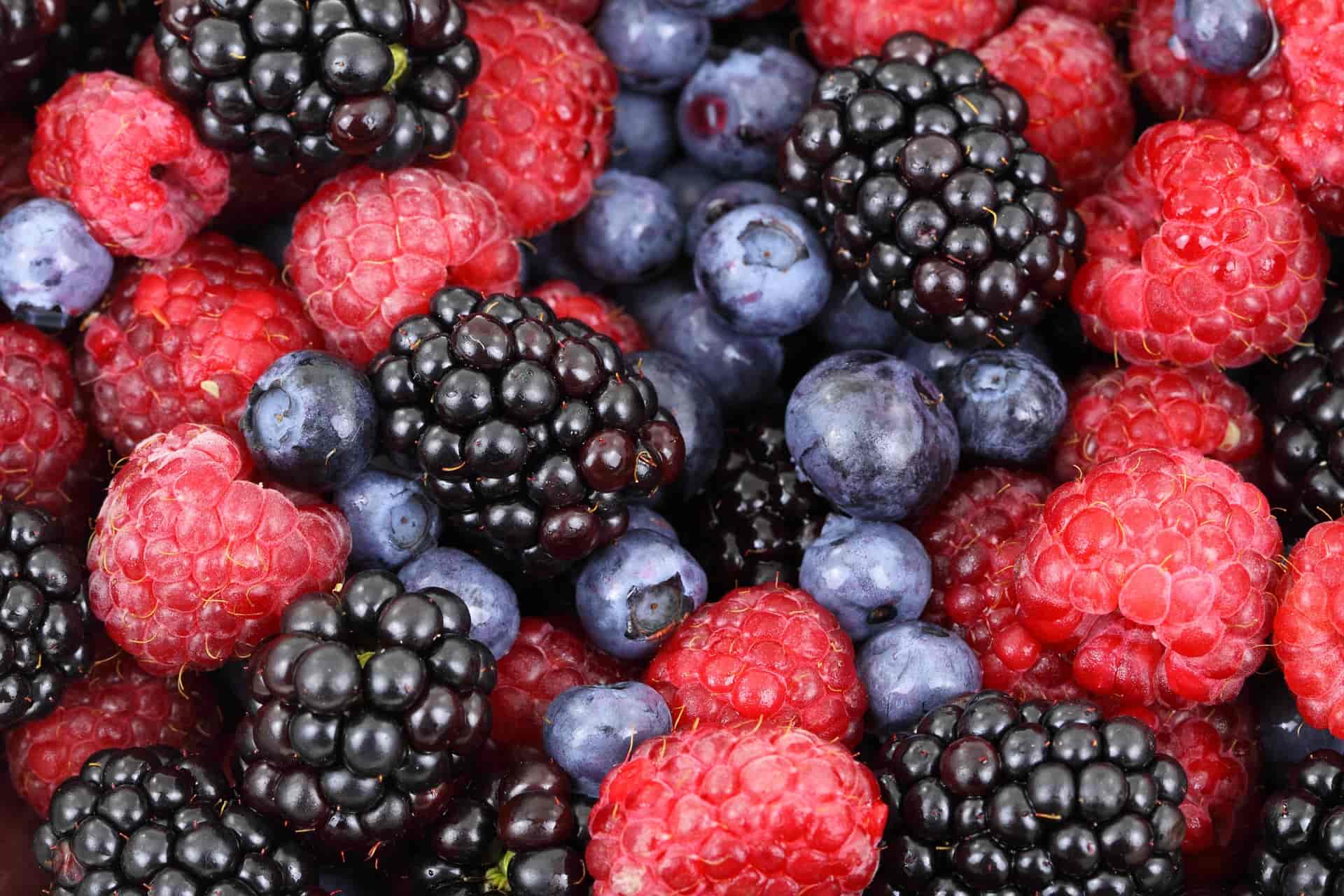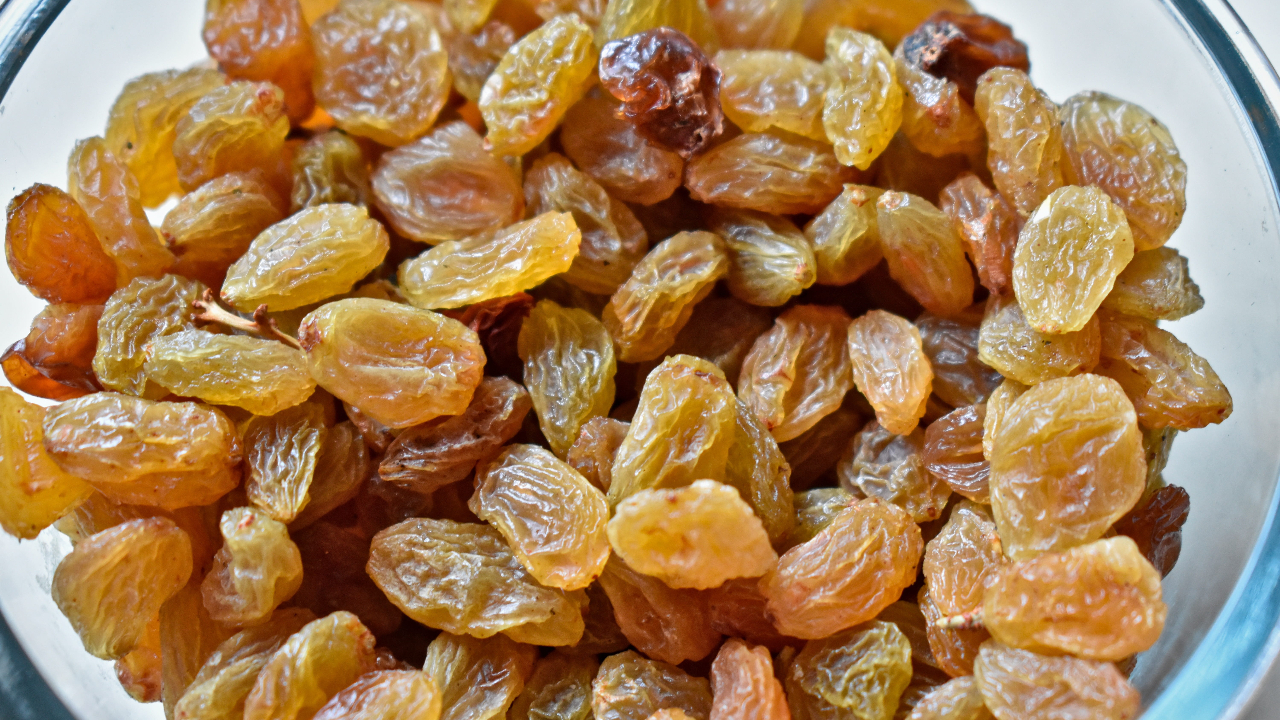Turnips are one of the healthiest root vegetables around. They come in different colors and sizes and grow all around the world. Often, you may hear about cattle grazing on turnips. So this might make you wonder, can horses eat turnips too?
Can Horses Eat Turnips?
The great news is that horses can eat turnips, and most horses will enjoy eating this crunchy vegetable. In many parts of the world, cattle are fed turnips as a grazing crop because they’re very high in fiber. And grazing animals, such as horses and cattle need lots of fiber in their diet.
Are Turnips Healthy For Horses?
As long as your horse doesn’t eat too many turnips all at once, they make a great addition to your horse's diet. As we’ve mentioned, turnips are a great source of fiber and they also contain lots of other beneficial nutrients that will keep your horse healthy.
Vitamins and Minerals
Turnips contain plenty of minerals, the main ones being calcium, magnesium and phosphorous. These minerals all play a major role in your horse's bone growth and development.
As well as this, turnips contain a fair amount of vitamin C. And this will help to keep your horse's immune system strong and healthy. And they’re high in vitamin K, which is also good for your horse's bones.
Turnips are a good source of folates too. And your horse needs these for healthy cell growth and function.
Energy and Protein
The reason why turnips make such a good cattle feed is because they're a great source of energy and protein. They contain 12 - 22 percent crude protein and 70 - 80 percent of total digestible nutrients (TDN).
Turnips also contain a moderate amount of sugar found in the form of carbohydrates. So if you have a horse with laminitis, you should be cautious about feeding them turnips. And you should totally avoid feeding them turnips if they have visible symptoms of laminitis.
Warnings About Feeding Horses Turnips
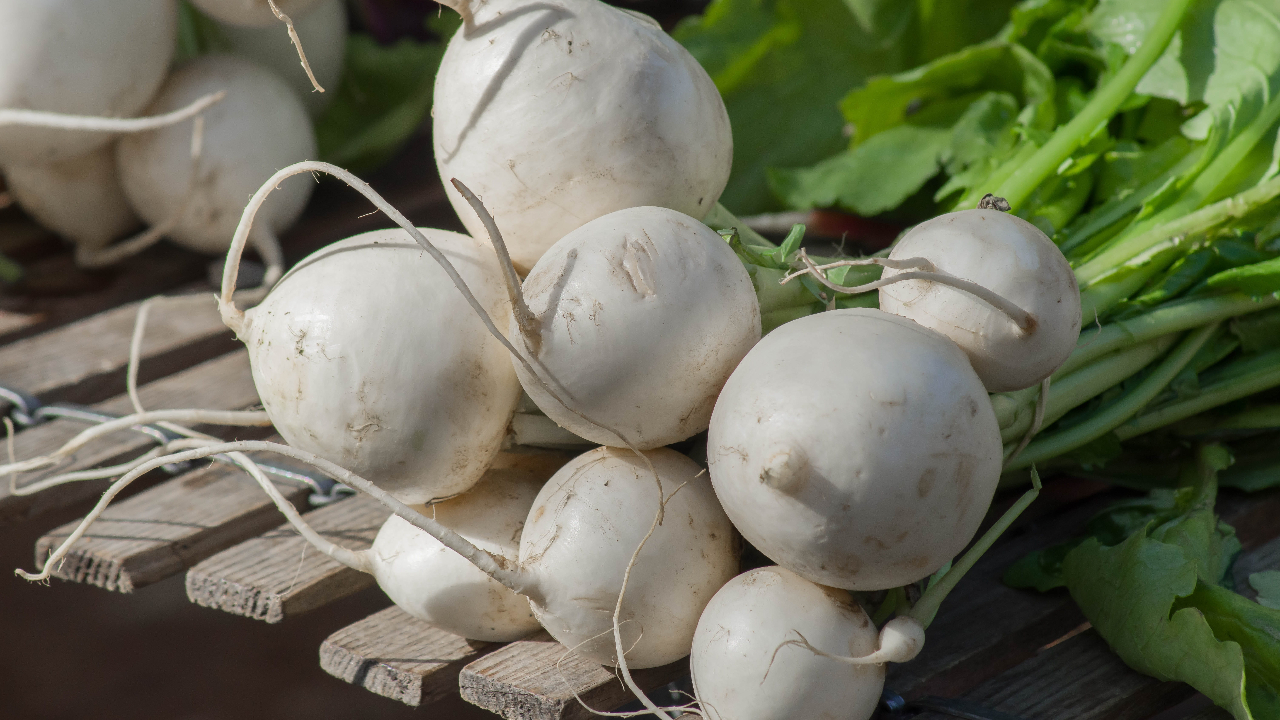
Sometimes turnips are used as an alternative grazing crop for cattle such as sheep and cows. But these types of grazing animals are ruminants, so they have a slightly different digestive system to horses.
Which means they have a much higher tolerance to turnips than horses do. So you mustn't let your horse graze on a field of turnips. And you should always feed your horse turnips in moderation.
When you give your horse any kind of new snacks or treats such as turnip, you must introduce it slowly. To do this, start by giving your horse just a small piece of turnip at first. Then monitor it for the next twenty-four hours for any adverse reaction such as bloating or diarrhea. If your horse doesn’t react badly to the turnip, you can gradually start feeding your horse larger portions over the space of a week or two.
Another thing to be aware of when it comes to giving your horse turnips is that senior horses or horses with dental problems will struggle to chew turnips. But this doesn’t mean that they have to miss out on turnip treats. You can shred turnip for older horses or horses with dental problems and add it to their regular food.
Can Horse Eat Turnip Leaves?
There isn’t a lot of research out there regarding horses and turnip leaves. So for this reason, it’s advisable to remove the leaves from the turnip before feeding it to your horse. Although a small number of turnip leaves will probably be fine for your horse. Potentially, if your horse eats too many leaves, it could lead to colic.
And in addition to this, too many turnip leaves can possibly lead to a neurological disorder known as Polioencephalomalacia. And in the long-term, turnip leaves may have a negative effect on your horse's thyroid gland.
Tips on How to Prepare Turnips for Horses
Before serving your horse turnip, you must give it a good scrub with a brush and some water. This is because turnips are root vegetables so often, they’re covered in earth. Alternatively, you could always peel the turnip.
Next, it’s always a good idea to chop up fruit and vegetables before you feed them to your horse. This is because horses can’t gag or vomit. So if food gets stuck in their windpipe it might make them choke. And turnips are pretty hard so they can easily cause a horse to choke.
To reduce the chances of choke, you should chop the turnip into one-inch chunks. This way, they’ll be too small to get stuck in your horse's windpipe. And you should be particularly careful with small turnips. These are the perfect size to get wedged in your horse's throat.
Some owners like to leave a large turnip in their horses stable. This is because they make a great boredom breaker for stabled horses. The World Horse Welfare even recommends doing this as a way to enrich your horse's environment.
You can either leave the turnip on the floor, so your horse can roll it around its stable as it chews it. Or you can drill a hole through the turnip and tie it up with a string. This way, the turnip is both a treat and a toy for your horse. But make sure that you only do this with large turnips. Because, as we’ve mentioned, the smaller ones are a choking hazard.
If you want to give your horse a large turnip as a boredom breaker, you should only give them one every week to 10 days. Because If your horse eats too much turnip each day, it may be too full to eat its regular food.
Conclusion
The answer to the question, “can horses eat turnips?” is most certainly a yes. Domestic horses have been eating turnips for hundreds of years and they’re a great source of fiber. However, when it comes to feeding horses turnips, you should always feed them in moderation. Because if your horse eats too many turnips all at once, this could be bad for its health.
